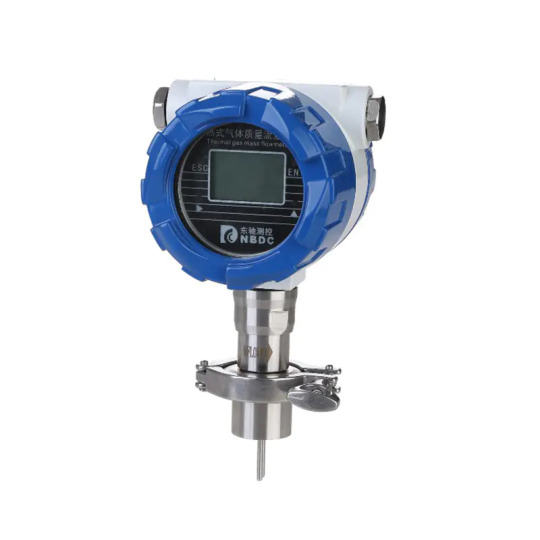Don't wanna be here? Send us removal request.
Text
Clamp mount thermal mass flow meter
The magnetic field is generated across the flow tube, and as conductive fluid flows through it, an induced voltage is generated proportionate to the flow velocity. By measuring this induced voltage, the flow rate of the fluid can be accurately determined, regardless of its composition, density, or viscosity.

0 notes
Text
With alarm panel
Modern electromagnetic flowmeters integrate advanced digital signal processing techniques to enhance signal-to-noise ratios, resulting in more accurate readings, especially in challenging fluid conditions.

0 notes
Text
Anti-corrosion radar level gauge 1
There are two primary types of radar level transmitters: guided wave radar and non-contact radar. Guided wave radar employs a probe that extends into the medium, using a cable or rod to guide the radar signal. This type is ideal for applications with foam, steam, or agitated surfaces. Non-contact radar, on the other hand, operates without direct contact with the medium, making it suitable for measuring levels in tanks or vessels containing hazardous or volatile materials.

0 notes
Text
Glass rotameter
Modern electromagnetic flowmeters integrate advanced digital signal processing techniques to enhance signal-to-noise ratios, resulting in more accurate readings, especially in challenging fluid conditions. Integration with wireless communication protocols enables remote monitoring, data collection, and real-time analytics for enhanced process control.

0 notes
Text
PB8101CNM pressure transmitters
Pressure transmitters consist of a sensing element, which detects the pressure of the fluid or gas, and a transmitter, which converts the pressure signal into a standardized electrical output signal, such as 4-20mA, 0-5VDC or 0-10VDC. This output signal can be used to display the pressure on a gauge or control panel, or transmitted to a control system or computer for monitoring and analysis.

0 notes
Text
HGWZ2468 temperature transmitter
Temperature transmitters enable remote monitoring and control. By converting temperature signals into standardized output signals, they allow for seamless integration with control systems and remote monitoring equipment. This capability enables operators to monitor and adjust temperature settings from a centralized location, enhancing operational efficiency and reducing the need for manual intervention.

1 note
·
View note